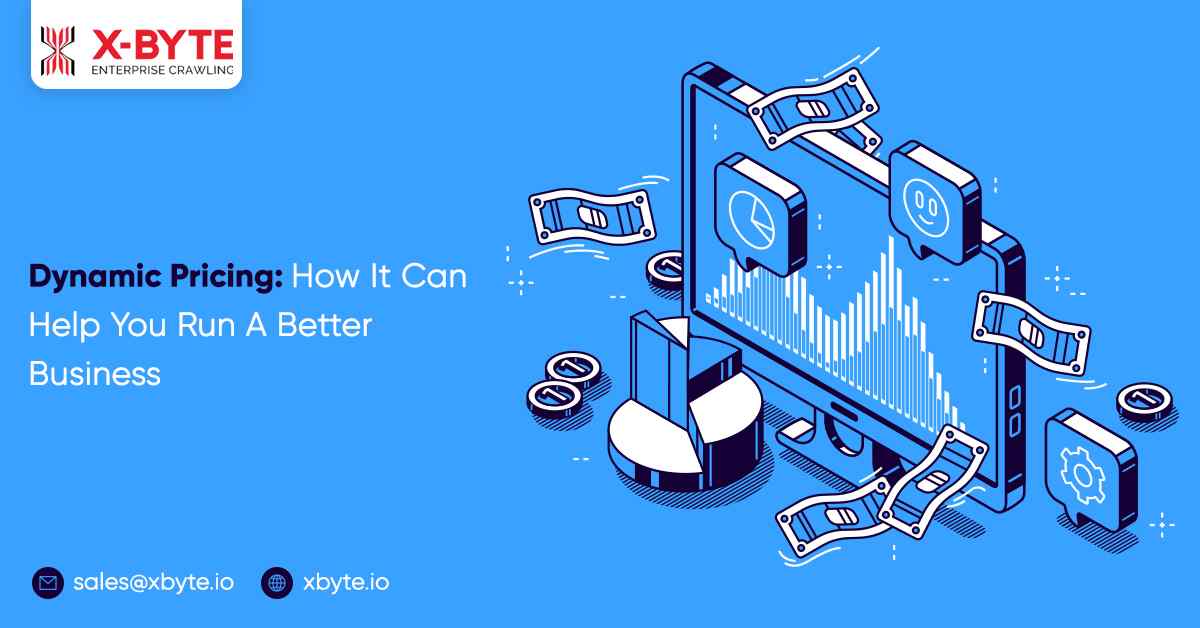
Have you ever noticed how similar products can be priced so differently at different online stores? There are various reasons sellers price their products differently, but one option you may need to consider is dynamic pricing. It can help you boost your sales and run a better business.
But what exactly is dynamic pricing? Well, it is the practice of using software to automatically adjust the price of a product based on market conditions, like supply and demand. The goal is to get you the best possible price for your product at any given time.
It can be used for both online and offline sales. It is important to note that dynamic pricing is not the same thing as auctioning or bidding — it is an automated process that adjusts prices based on data about customer behavior and trends in the market.
This article will cover the basics of dynamic pricing and show you how to use it to run a better business.
What Is Dynamic Pricing?
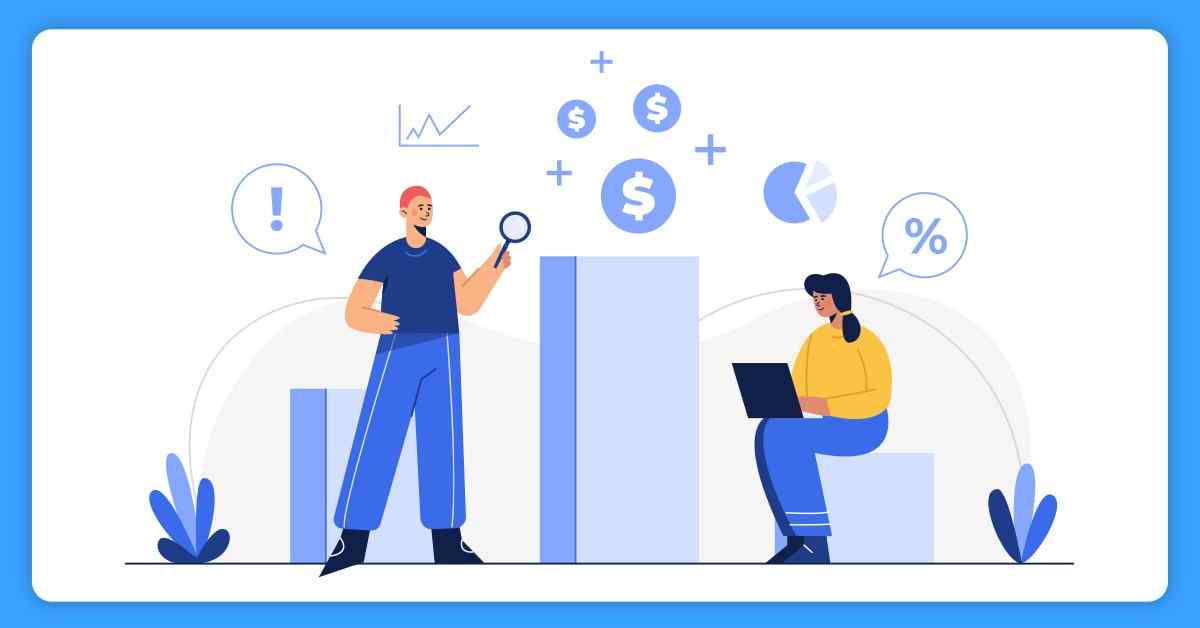
Dynamic pricing is also known as variable pricing or price optimization. It is a pricing strategy that uses historical data and real-time analytics to set prices. It is used by retail businesses, including airlines and hotels, to maximize profits on each sale.
For example, airlines use dynamic pricing on flights to increase revenue by charging more during peak periods and less when demand is low. Hotels also use this strategy to maximize occupancy rates.
This is not just limited to the travel and hospitality industry. Retailers often use it to shift prices up and down depending on how consumers respond to offers or promotions. The same goes for restaurants that offer specials for customers who spend a certain amount on food or drinks. It aims to maximize profit while meeting customer needs at an optimal price point.
Types of Dynamic Pricing
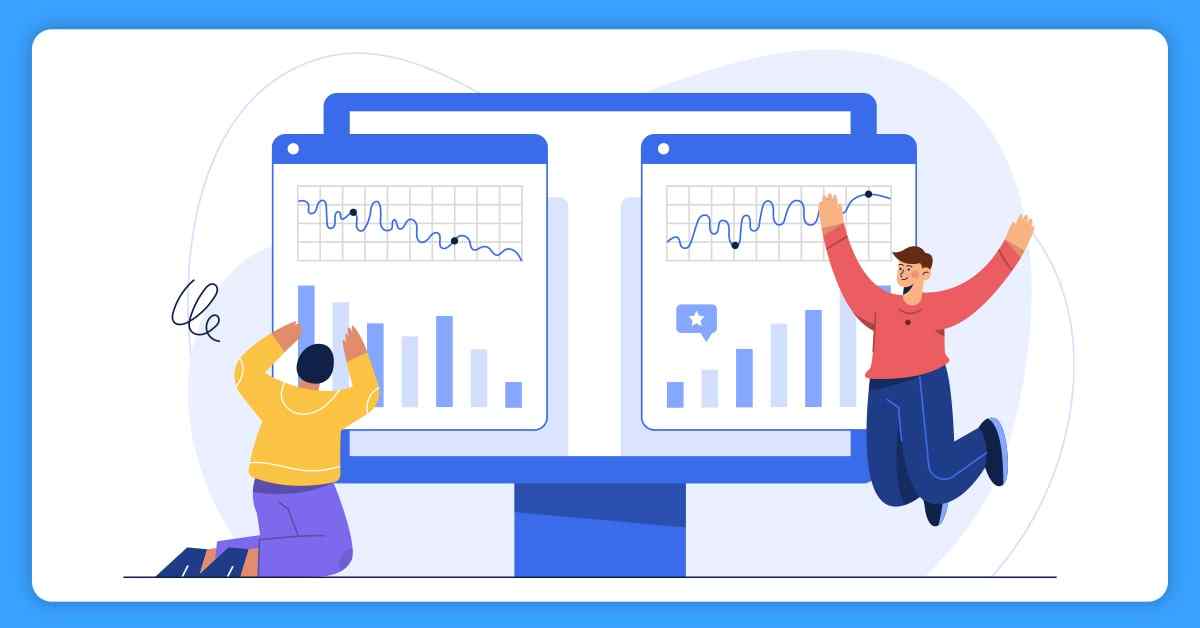
1. Segmented Pricing
Segmented price is the dynamic pricing model. Based on the customer data, this business sets different pricing for the same product. For example, a company may offer a discount to an individual who purchases more than one product at once or offers a special deal to its customers who subscribe to automatic delivery of their products.
2. Time-Based Pricing
Time-based pricing is a strategy to increase the demand for a product or service. This strategy aims to increase the price of an item at specific periods and decrease it at other times.
This pricing scheme is standard in the airline industry, where airlines will offer discounts to passengers who book early or during off-peak seasons. Other examples include hotels and car rental companies that offer discounts during slow months.
The purpose behind time-based pricing is to encourage more sales and generate more revenue by increasing demand during periods when demand is low.
3. Peak Pricing
Peak pricing is when you charge higher prices during times of high demand — such as during a holiday or on a rainy day when people do not want to go out — and lower prices during times of low demand.
The idea is that it is better to have some customers overpaying than none at all. Hence, you accept a loss on those willing to pay more to get some business from those who will pay more than they usually would to get what they want now rather than later.
4. Competitive Pricing
Competitive pricing is a strategy that sets prices based on your competitors’ prices. This is the most dynamic type of pricing strategy. The goal here is to set your prices at a level that allows you to generate positive margins while still providing customers with value. To do this, you can use various tools, like price monitoring software or price optimization algorithms.
How Can Dynamic Pricing Help You Run A Better Business
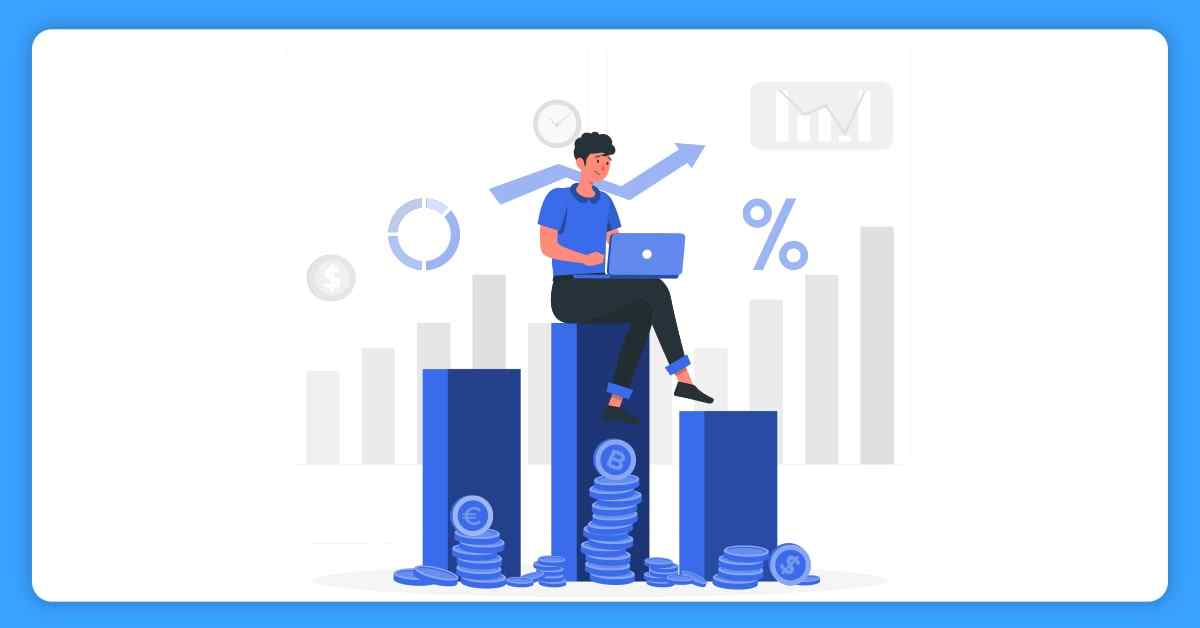
Various pricing strategies can help you run a business:
1. Increase Revenue
Dynamic pricing is the process of changing prices based on the conditions of your business. For example, if you offer a product or service at different prices at different times (such as during peak hours), that’s dynamic pricing in action. It helps you maximize profits by charging customers the maximum price they’re willing to pay. The result is increased revenue for your business.
2. Improve Customer Experience
Dynamic pricing allows you to create more personalized customer experiences by giving them what they want at the right time in their buying cycle. This allows you to improve customer experience and increase conversion rates by increasing sales.
It also helps you increase revenue by giving customers control over their choices — they can choose which product or service they want at any time. This lets consumers feel like they are in control while also putting them in a buying mood.
3. Reduce Risk
A significant benefit of dynamic pricing is that it reduces the risk for your business by allowing you to set prices according to what customers are willing to pay at any given time. This can reduce the impact of factors such as seasonality or bad weather on your bottom line.
4. Optimize Stocks
Data pricing allows companies to optimize their stocks by adjusting prices depending on the available goods. If a company has more stock than it knows what to do with, it can reduce the price while still making enough profit.
On the other hand, if fewer goods are available than customers want, companies can increase prices to sell out faster and replenish their stocks.
4 Easy Ways To Implement Dynamic Pricing
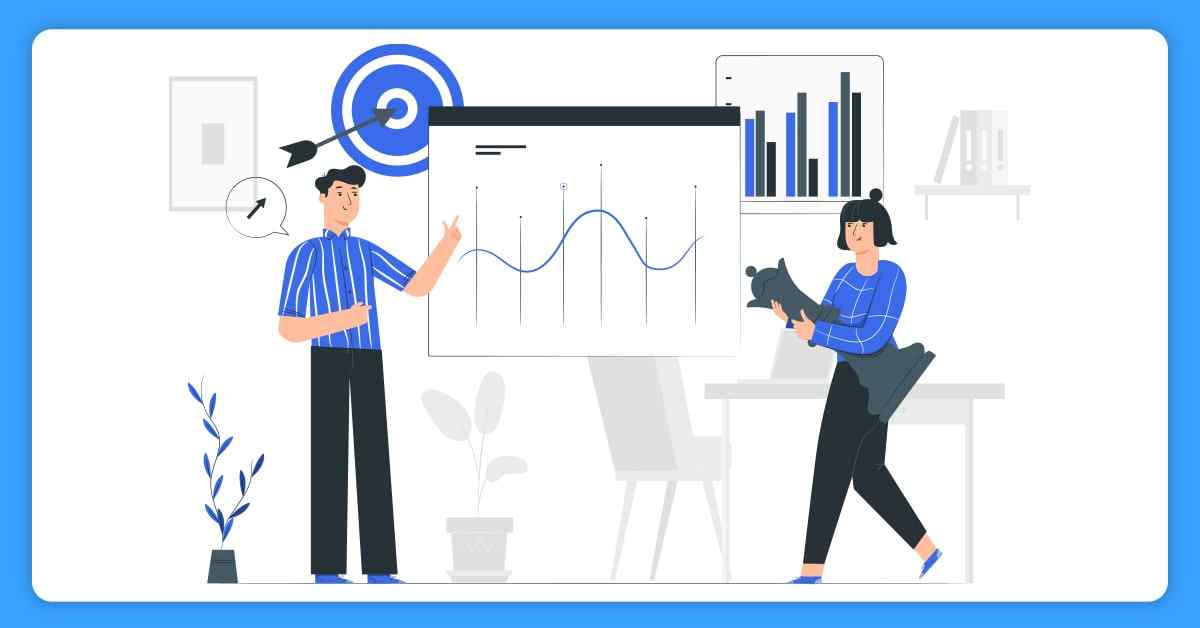
Dynamic pricing is a way to help maximize your revenue by adjusting prices based on demand. While it is common for businesses to use this pricing structure, there are some essential things you need to keep in mind when implementing this strategy. Here are six ways to implement them.
1. Determine Your Commercial Objective
Before you begin any dynamic pricing strategy, you must have a clear commercial objective. For example, are you trying to maximize revenue or gain market share? Once you’ve determined your commercial objective, you can use that information when determining how much flexibility or control over prices you want to give customers.
2. Build Your Pricing Model
The first step in implementing dynamic pricing is building a pricing model that can be applied across all your products and services. Dynamic pricing software allows you to build these models quickly and easily without special training or experience in coding or database management systems.
3. Establishing Your Pricing Rule
The first step to implementing dynamic pricing is determining your rules. You have to set up criteria determining how much each product will cost at any given time. For example, suppose you sell shoes online and want to price according to demand.
To do this, you might decide that shoes will always cost $20 more than the previous day’s lowest price, plus 10% more than the average cost of all shoes sold in the past week. That way, if demand for a particular shoe is high due to an event like Fashion Week or an anniversary sale at another store, your prices will also increase accordingly.
4. Find The Right Tools and Services
The next step is choosing the right tool and services for your business needs. There are various software and data intelligence services available that you can use as per your business model. Some of the popular tools are:
● Profasee
● Prisync
● PriceLabs
● Price2Spy
● Omnia Retails
With these tools and services, you can quickly determine which products dynamic pricing affects. You can also be able to set the pricing rules for these products.
Once these tools have been implemented, test and monitor your strategy. The data you will gather shape your future pricing decision.
Dynamic Pricing Outcomes
Dynamic pricing allows companies to take advantage of the fluctuation in the market by adjusting their prices to meet demand, ensuring they are not left with excess stock and can maximize profit margin. It allows businesses to make more informed decisions about when and how much to sell products at different price points. When done right, this pricing strategy can help boost your business and run it better.
Conclusion
The concept of dynamic pricing is an interesting one and can be implemented in a variety of ways. What exactly are you selling? Are there additional costs involved? How much would your customers pay for this? All of these can influence how you, as the business owner, price your products and services. You may not see entire price hikes in the coming years, but you may see prices dip for those willing to make purchases at off-peak times.
